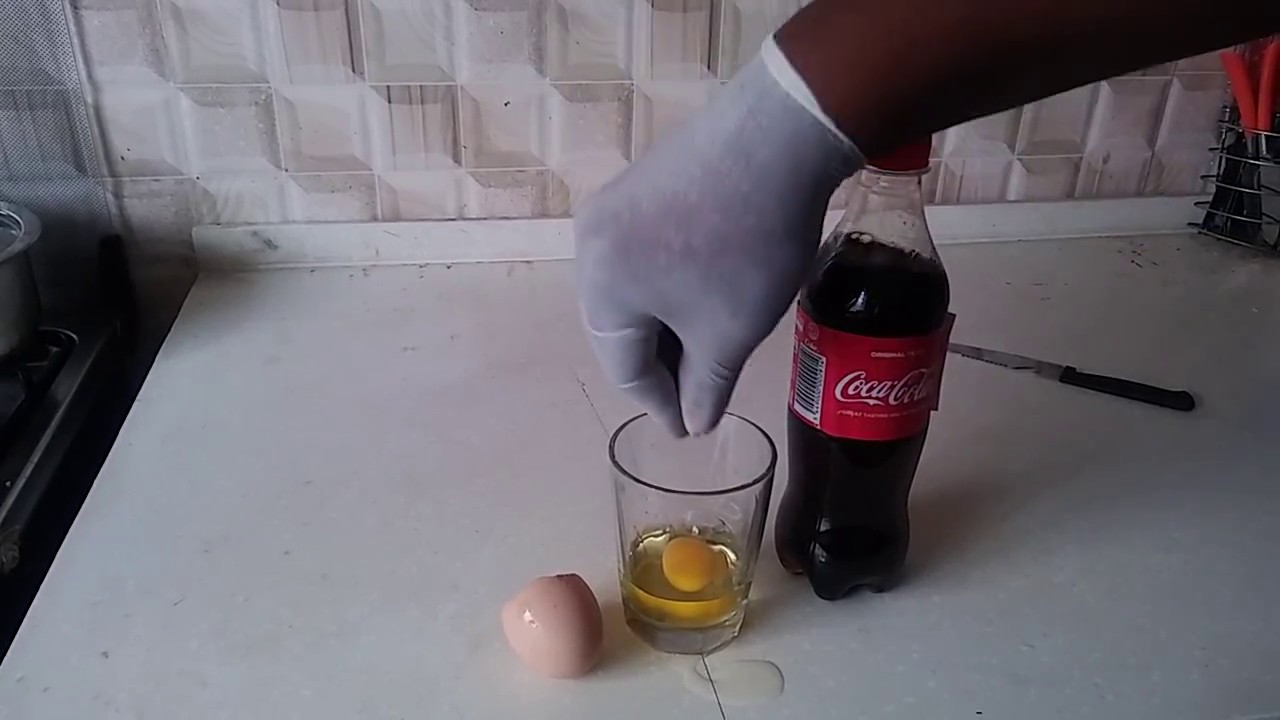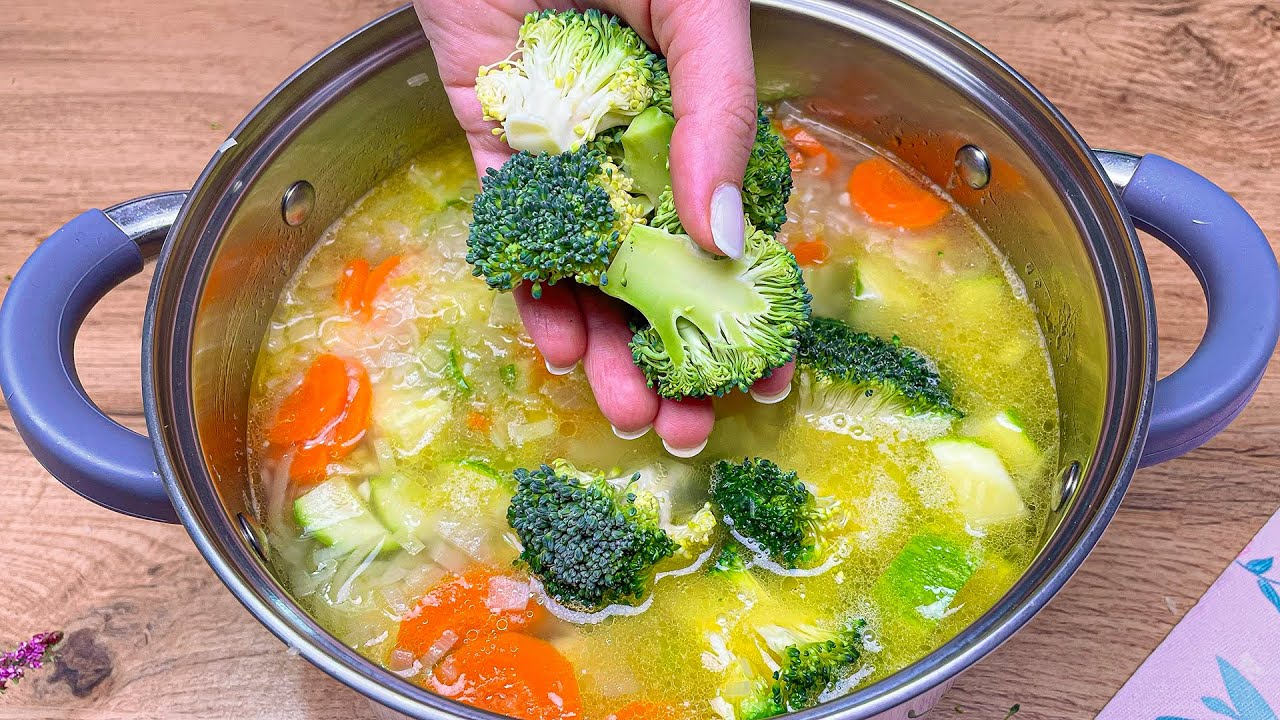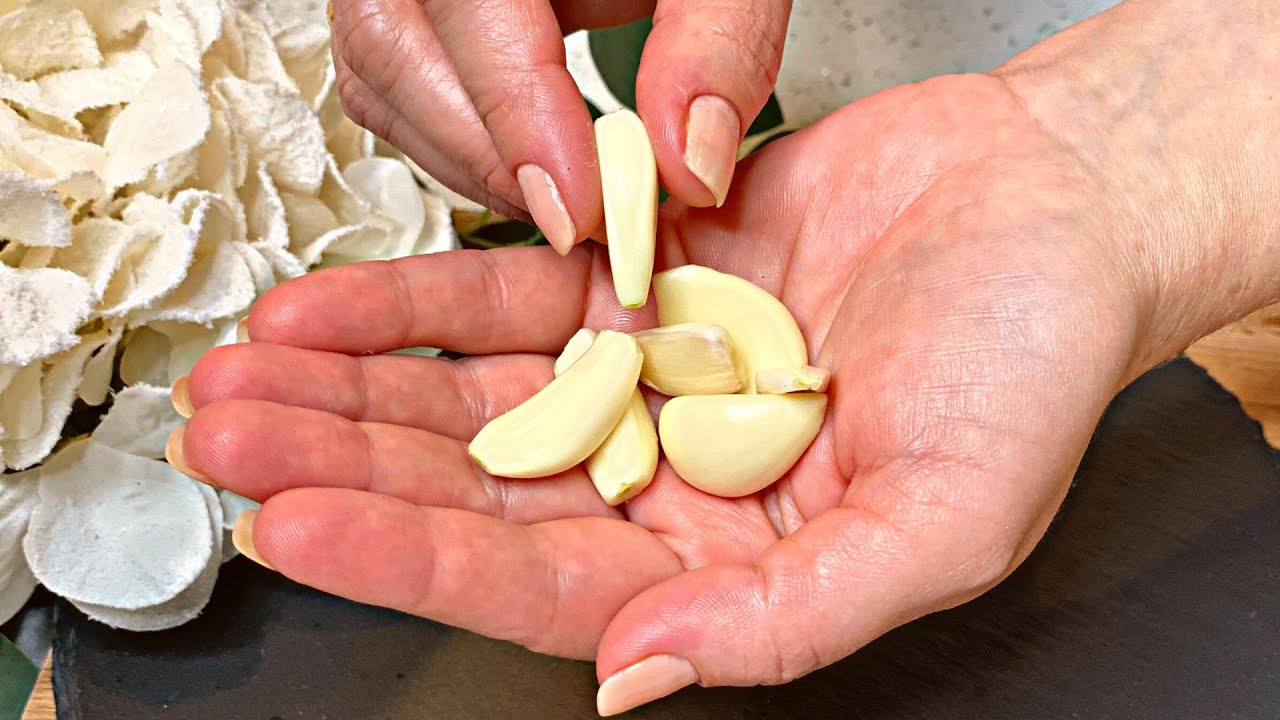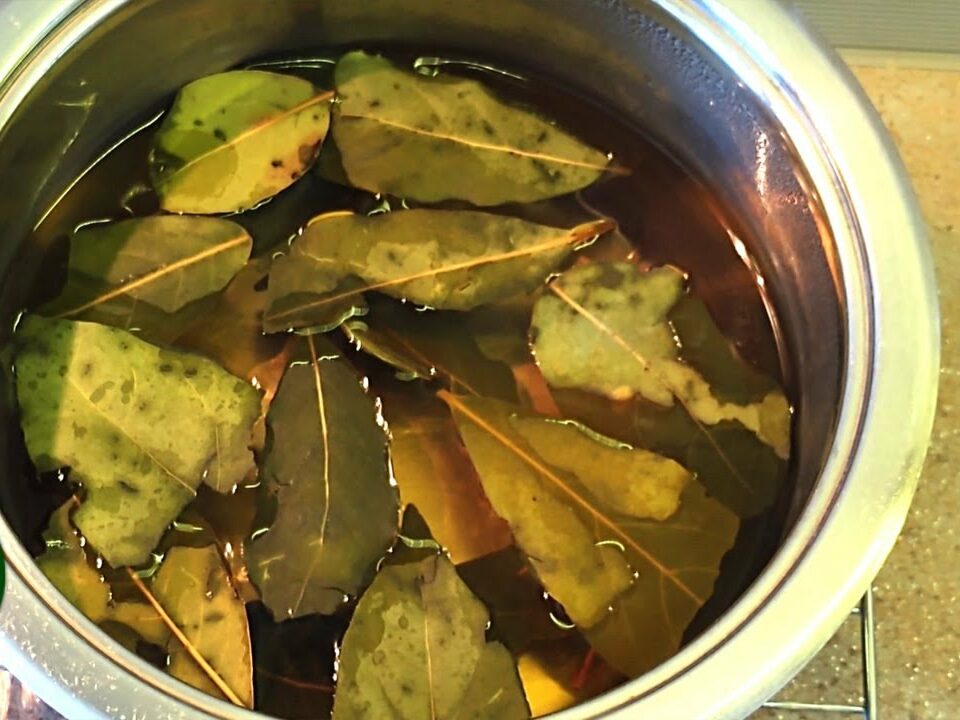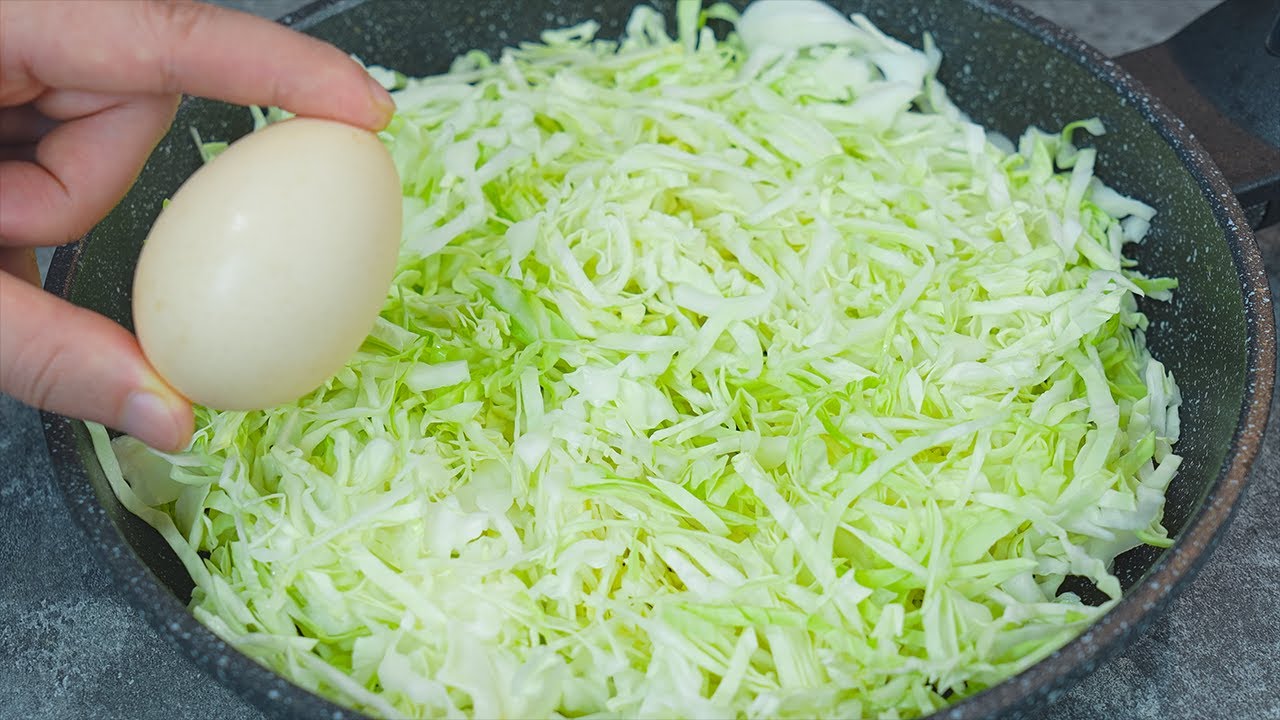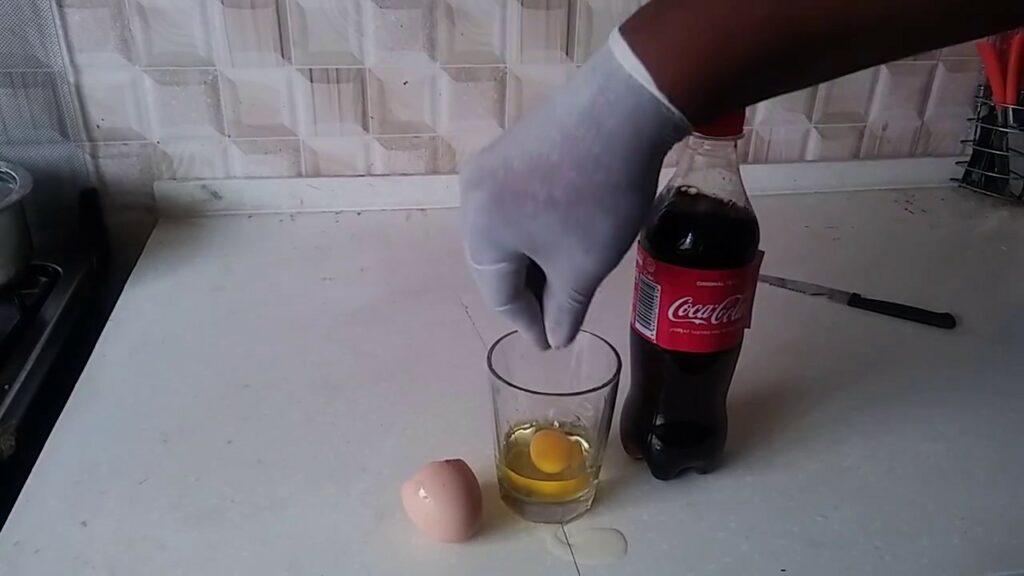
Curiosity in the kitchen can lead to some interesting discoveries, and one such experiment involves mixing Coca-Cola with an egg. While it might sound unusual, the combination of these two ingredients creates a surprising reaction that’s worth exploring. Whether you’re looking to satisfy your scientific curiosity or just want to see what happens, let’s delve into this fascinating kitchen experiment.
The Ingredients
-
Coca-Cola: This popular soft drink is known for its caramel color, sweet taste, and fizzy bubbles.
-
Egg: A common kitchen staple, eggs are used in countless recipes and contain proteins, fats, and various nutrients.
The Experiment
To see what happens when you mix Coca-Cola with an egg, follow these simple steps:
-
Prepare the Egg: Take a raw egg and carefully place it in a glass or jar.
-
Add Coca-Cola: Pour enough Coca-Cola into the glass to completely cover the egg.
-
Wait and Observe: Let the mixture sit undisturbed for 24 to 48 hours, then observe the changes.
What Happens?
As the egg sits in the Coca-Cola, you’ll start to notice some interesting changes:
-
Shell Discoloration: The egg’s shell will begin to take on a dark brown color, absorbing the caramel color from the Coca-Cola. This is due to the dyes and colorants in the soda.
-
Shell Softening: After a longer period, you may notice the shell becoming softer. This happens because Coca-Cola contains phosphoric acid, which reacts with the calcium carbonate in the eggshell, breaking it down and making it more pliable.
-
Fizzing Reaction: Initially, you might see some bubbles forming around the egg. This is the carbon dioxide in the soda reacting with the eggshell’s surface.
The Science Behind It
The reaction between Coca-Cola and the egg is primarily due to the acidic nature of the soda. Phosphoric acid and carbonic acid (formed from dissolved carbon dioxide) work together to dissolve the calcium carbonate in the eggshell. This process is similar to how vinegar reacts with an egg, another common kitchen experiment.
Practical Applications
While this experiment is more about satisfying curiosity than practical cooking, it does illustrate the power of acids in breaking down calcium. It’s a fun and educational activity that can be shared with kids to teach them about chemical reactions and the properties of acids and bases.
Conclusion
Mixing Coca-Cola with an egg results in a series of intriguing reactions that highlight the acidic nature of the soda. From shell discoloration to softening, these changes provide a glimpse into basic chemistry principles in a fun and engaging way. So, the next time you have a spare egg and a bottle of Coca-Cola, give this experiment a try and see the surprising results for yourself. It’s a simple yet fascinating way to explore science right in your kitchen!
